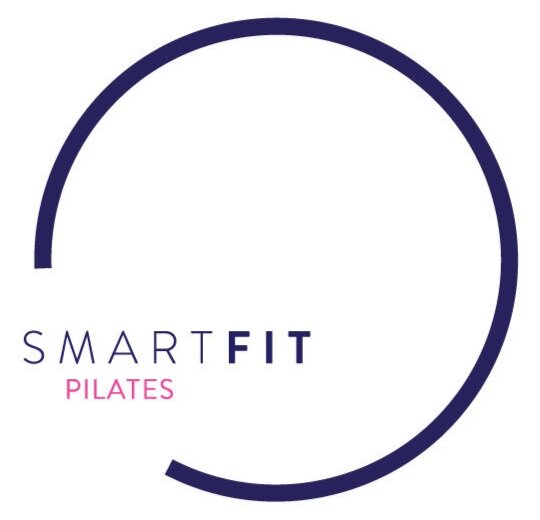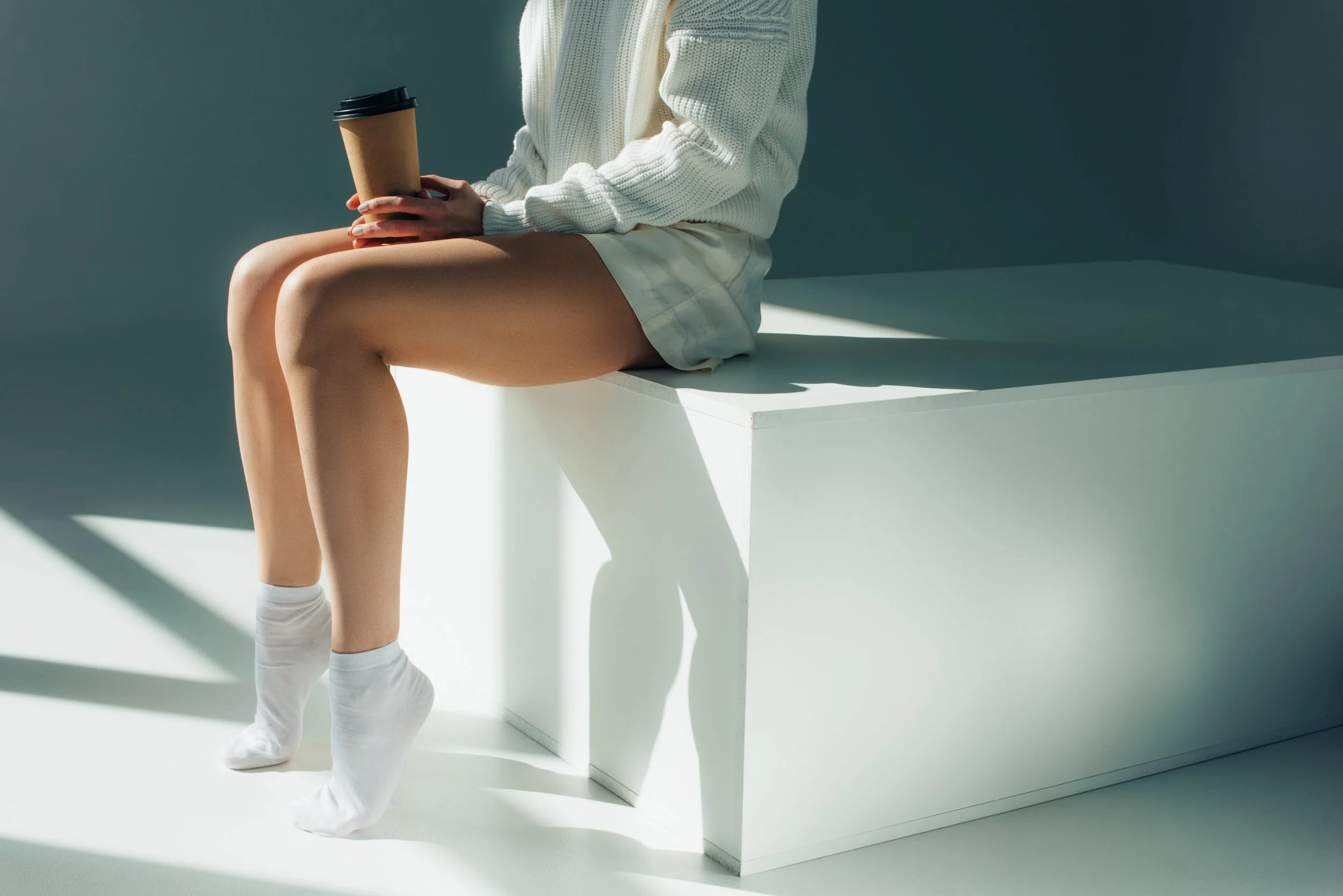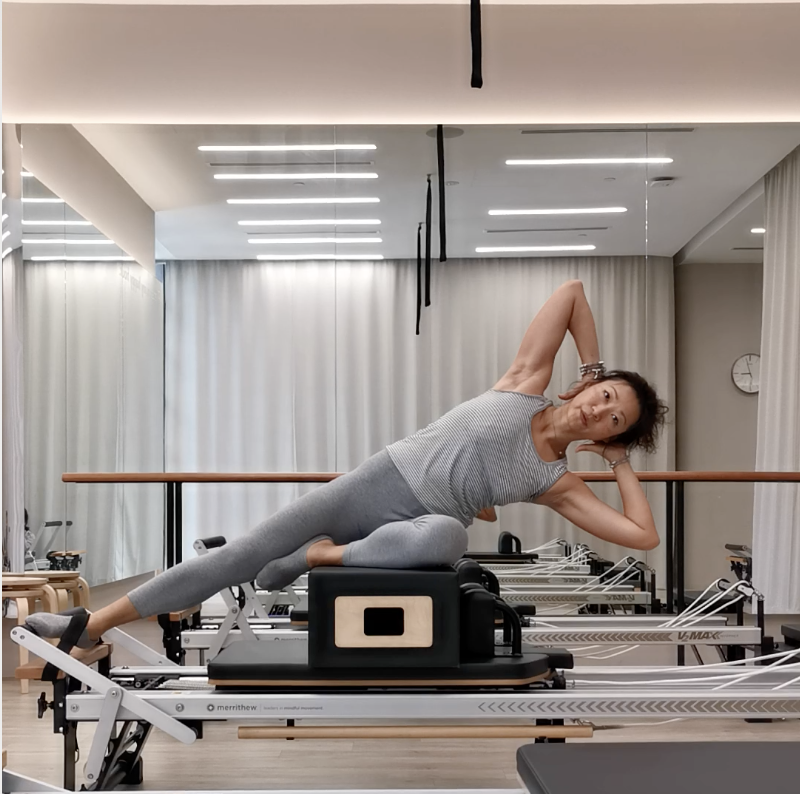Why is it bad to sit all day? (And what to do about it!)
Doctors and scientists have recently commented that sitting is the new smoking. It’s that bad for us. But why?
Before we answer this most poignant of questions, think about your ancestors. They rarely sat down. Manual jobs, fewer gadgets for household tasks, less transportation options and the nonexistence of sedentary past-times like watching television, social scrolling and online gaming meant the people of decades gone by were far more active that we are today.
And if you’re thinking of that spin session or 5k run you do several times a week, consider the actual proportion of your waking hours that you spend being active vs sitting down. Not only that - typical exercises such as cycling or running might actually be contributing to further muscular and postural problems, which we’ll talk more about below.
Modern life has evolved to be busier and faster-paced, but with so much more happening digitally, we can complete our day’s work, get our groceries and meals, enjoy entertainment and more without even getting up from our seat. This increased stillness is actually causing an ‘accelerated ageing’ - people in their 20s and 30s are complaining of neck and back pain, stiff joints and hunched postures - all problems usually associated with the older age group. While science and technology might be extending our lives and catch phrases such as ‘70 is the new 50’ get thrown around, isn’t it ironic that modern life is also making 30 feel like the new 50?
But it doesn’t need to be all doom and gloom. If you know how and why your body suffers when you’re still, you can take steps to counter it. And the answer is (at least) four-fold:
1. Lower Body Weakness & Injury Risk
Your lower body is packed with powerful muscles like the quads, glutes and hamstrings. And they’re made to work, not sit! Too much time spent sitting at a desk or on the sofa renders these useful muscles useless, and can lead to the loss of strength and muscle mass in this area. You might not realise it, but this can wreak havoc on the rest of your body - impacting your stability, ease of movement and posture - all of which makes you much more likely to suffer with muscle and/or joint pain and be at greater risk of injury down the line.
2. Tight Hip Flexors
When you sit, you bend at the hip, drawing your torso and legs together in a passive position that does not require you to engage the hip flexors. Without this muscle activation, these muscles (located in and around the hips) can ‘switch off’ and shorten.
This is a big problem, as the hip flexors are a particularly important group of muscles; responsible for flexing the hip joint, moving the legs and trunk together, and stabilising the spine. As well as discomfort and tightness in the hips, shortened hip flexor muscles can also be the cause of that infernal pain (and stiffness) in your lower back and even your neck.
3. Reduced Mobility, Increased Stiffness and Postural Misalignment
The sad and simple truth is that when it comes to your mobility, if you don’t use it, you lose it. The spine is designed to be able to move in multiple directions - flexion, extension, side to side and in rotation. Seated desk work doesn’t move the spine in any of those directions - except flexion when you lean forward or slouch towards your computer screen. The flexibility of the spine is essential to ideal posture - the human spine consists of three main parts and stacks in a specific way to combat gravity. When one part of the spine is out of alignment - e.g with tech neck (cervical spine) or an overly slouched upper back (thoracic spine), or rounded lower back (lumbar spine), the other parts of the spine will bend and curve to balance it out creating a butterfly effect of misalignment!
Furthermore, a full day sitting down causes our bodies to get ‘set’ in one (passive) position and our muscles and fascia (connective tissue) will stiffen. Do this over and over for several years, and your muscle flexibility and joint mobility will soon begin to wane. The unhappy long-term result? You may find yourself struggling with normal daily movements as simple as bending down, twisting and even walking, far sooner than you ever thought you would.
4. Weight Gain & Flab
Weight gain - particularly around the stomach - is a common side effect of inactivity and too much time spent sitting down. Add to that the mindless eating that often goes hand in hand with sofa time - particularly without the necessary activity to burn it off - and it’s an easy road to a larger waistline which has serious health implications. Excess weight around your middle is often a sign of too much visceral fat, meaning the fat is stored closer to your organs. This puts you at higher risk of heart disease, diabetes, stroke and more - all of which we want to avoid.
So What Can You Do About It?
The four points above are what too much time sitting down can do to you - but only if you let it. Reformer Pilates is a tried and tested way to counter all of the damaging effects of sitting. Here’s how.
1. Lower Body Weakness & Injury Risk Build Lower Body Strength & Balance
The Reformer is a versatile equipment that can be both assistive or challenging depending on your needs. Not only can you use heavier springs as resistance weight training to build up your leg muscles, you can also use lighter springs to work on your balance and stability.
2. Tight Hip Flexors Leading to Pain Stretch out and Support Tight Hip Flexors
We don’t think about it much, but almost all of our daily actions contract our hip flexors - even when we’re active. Running and cycling contract the hip flexors during the upswing of your leg (when you lift your bent knee in front of you) and can contribute to even tighter hip flexors - which can extend to knee pain as well. The human pelvis has evolved from that of a chimpanzee to enable upright walking (on two legs). One of the main differences in the structure is to enable the development of our side glutes - the gluteus medius. Yet activities like walking, running and cycling don’t develop this muscle at all (unless you walk like a crab!)
We’re not saying that you shouldn’t walk, run or cycle - these are still great cardiovascular exercises. Just add in Reformer Pilates to facilitate deep, feel-good stretching (your hip flexors will love you). And enjoy the whole range of exercises designed to beef up the side butt. Besides improving your overall movement performance, a strong gluteus medius stabilises the pelvis and reduces that pesky lower back pain.
3. Reduced Mobility, Increased Stiffness and Postural Misalignment Move & Stretch in All Directions for greater Mobility and Flexibility
Instructor Amber doing a Short Box Mermaid modification on the Reformer to work the entire side line
Pilates is designed to optimise movement for the human anatomy. This means that all Pilates classes include exercises in the 3 different planes of movement - front and back (what we are most used to in daily activities such as walking), side to side, and in rotation.
Besides stretching the spine in all directions, Reformer Pilates also works your muscles from all directions so you build up your side glutes (as mentioned above) but also all of your muscles on both sides of your body from your outer and inner thighs to your obliques and latissimus dorsi. The inclusion of rotation in your exercises increases the mobility of your thoracic spine which eases neck aches, stiff shoulders, lower back pain and also contributes to more upright posture - which is both beneficial to your body and more aesthetically pleasing!
4. Weight Gain & Flab Tone Up and Reduce that Waistline
One of the first things you’ll learn in Pilates is how to activate your core. We’re not just talking about doing crunches or other flexion exercises which can work the superficial rectus abdominis muscle, but might not reach the deep core (to find out more about the core, read our article from before here). With controlled breathing and technique, Pilates teaches you to engage your core fully in every exercise - resulting in a stronger core for better posture, less pain, and a sweet little bonus - a smaller waist. Reformer Pilates is also full of core exercises that will tone and sculpt your whole body, including your waist.
One of the most important things (in our opinion) that you can do to counter the damage from sitting so much every day is to make a commitment to doing Pilates which has been proven to reduce your aches and pains, tackle your mobility, improve your posture, support healthy ageing and keep your body moving. The second is to take the awareness, alignment and skills that you gain through Pilates and bring it to your every day life.
Notice how you are sitting every day - are you slouching or sitting tall? Balanced or crossing one leg? Awareness is crucial to make a difference in the every day. You can also take matters into your own hands by adding a few simple changes to your daily routine, such as getting up from your desk/sofa every hour to do some simple stretching - in all directions. The combination of small life changes and a dedicated Pilates class a few times a week could make all the difference.
If this article has given you the push you need to finally do something about your aches, pains and posture, it’s time to try a Pilates session with us and feel the difference in your own body.
If you’re new to SmartFit, you can get 50% off your first Group or Private class, so there’s no excuse! Our instructors are highly trained and experienced, and have the knowledge you need to have you feeling and moving better than ever. Contact us here to book.





